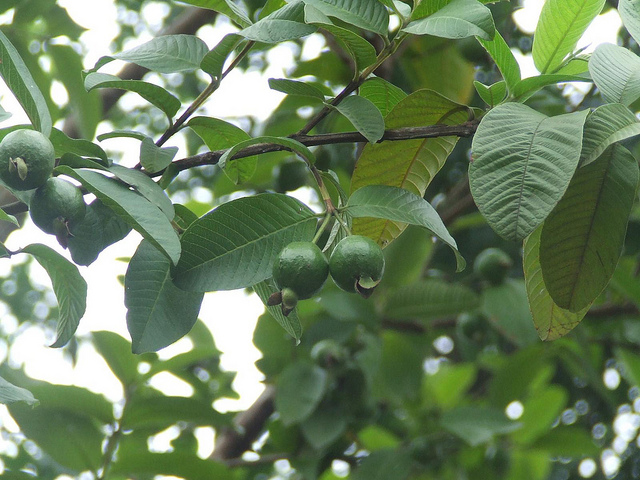“Planting fruit trees to battle malnutrition”
August 24th, 2013 Meeting the nutrition requirements of children in rual Bangladesh could be accomplished through planting readily available indigenous fruit tree species, writes Mahmud Hossain, 16, a Correspondent from Chittagong in Bangladesh.
Meeting the nutrition requirements of children in rual Bangladesh could be accomplished through planting readily available indigenous fruit tree species, writes Mahmud Hossain, 16, a Correspondent from Chittagong in Bangladesh.
The people of the rural part of Bangladesh, especially the children, are suffering from malnutrition.
When I was younger, I saw a lot of fruit trees in my village area. Now, the scenario is different from the past time. In those days, every family had more than ten kinds of fruit-trees in the premises or around their houses. But nowadays, there is hardly any house with various kinds of fruit trees in rural areas.
Apparently, village people have very low capability to buy fruits. So, they cannot get nutrition from fruit. The result is that children as well as their parents are suffering from malnutrition and different diseases are very frequent as because of their weak body immune system.
I have an idea in response to this particular severe problem. The students of schools and colleges can work together to solve this problem by planting different types of indigenous fruit trees in rural area. The rural children will have free access to that plantation. This will recover their nutritional shortage.
The fruit trees can be planted in different kinds of lands in rural areas such as on educational institution premises, road sides, and community lands. This task can be performed by a youth volunteer organization formed in the local village area with interested young students of schools and colleges. They will select potential lands which can be planted and will be easy to manage by them. Then, they will decide what number of plants could be planted at a given year. After that, they will select species of fruit trees suitable for that given area.
In selection of the species, one important criterion is that they have to select a variety of tree species so that fruit can be available over the year round. The young trees will be planted in monsoon by the organization. The members of the organization will manage the plantation, and will harvest the fruits when it is time and distribute the fruits to the students of primary and high schools, and to every house where there are children. The Chairman, headmaster and principal will be present to help oversee this aspect of the operation.
To ensure that this remains a community project, there will be specific rules for the plantation that will ensure it is not used for any business purpose, that the fruits of the trees will be distributed only to the rural underprivileged children, and that the trees will go through physical rotation.
Financing the organization could come from funds collected from various sources such as wealthy donors, social organizations, NGOs, committee of the schools, and colleges in rural areas. Local community and institutional leaders will also be encouraged to support the project.
This idea has several possible vital outcomes. By creating plantations of fruit trees in different parts of rural Bangladesh every year, the whole country could eventually be covered in nutrition-providing plantation projects. Rural children will get enough nutrition, and the plantations will act as a green belt in coastal areas, helping to counteract environmental catastrophes.
Most importantly, the plantation project will help solve the demand for nutrition in rural areas. No more children will suffer from malnutrition, and a healthy vigorous generation will grow in rural Bangladesh.
This plantation will have a positive impact on the environment of the selected villages. There will be a green and fresh environment around the village. Moreover, after the rotation of the trees, the organization will sell the wood and deposit the money in their organization’s fund to plant more and more fruit trees in their village.
Most importantly, the young people will learn and enhance strong leadership qualities, which will help them to lead the nation in future.
photo credit: Tareq Salahuddin via photopin cc
…………………………………………………………………………………………………………………
About me:
I am from Bangladesh. I’m studying Science in ChittagongCollege, Chittagong.
I’m so curious and very interested in doing research work. I’m very keen to know about the current affairs of home and abroad, and I am fond of searching for information in the internet and using social communication websites. I love to write, and to do volunteer and community work.
…………………………………………………………………………………………………………………
Opinions expressed in this article are those of the author and do not necessarily represent the views of the Commonwealth Youth Programme. Articles are published in a spirit of dialogue, respect and understanding. If you disagree, why not submit a response.
To learn more about becoming a Commonwealth Correspondent please visit: http://www.yourcommonwealth.org/submit-articles/commonwealthcorrespondents/
…………………………………………………………………………………………………………………




